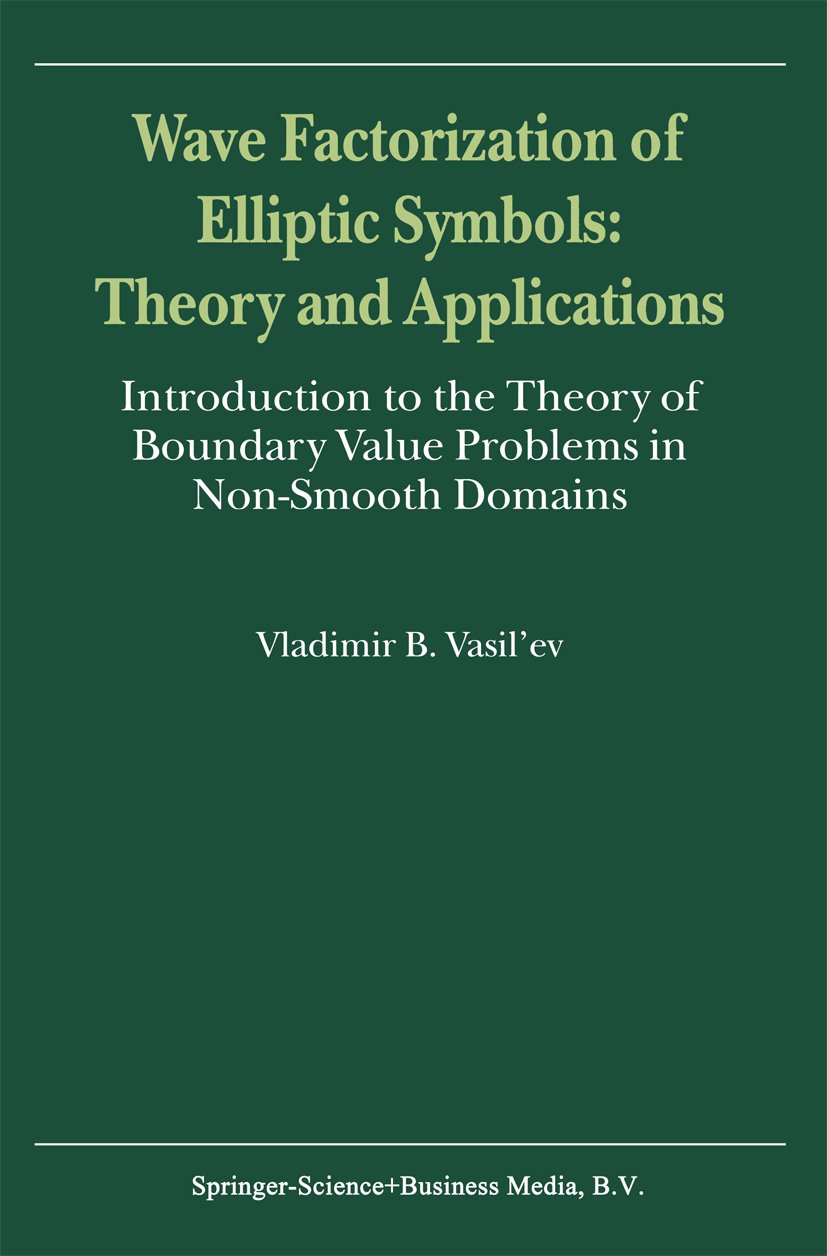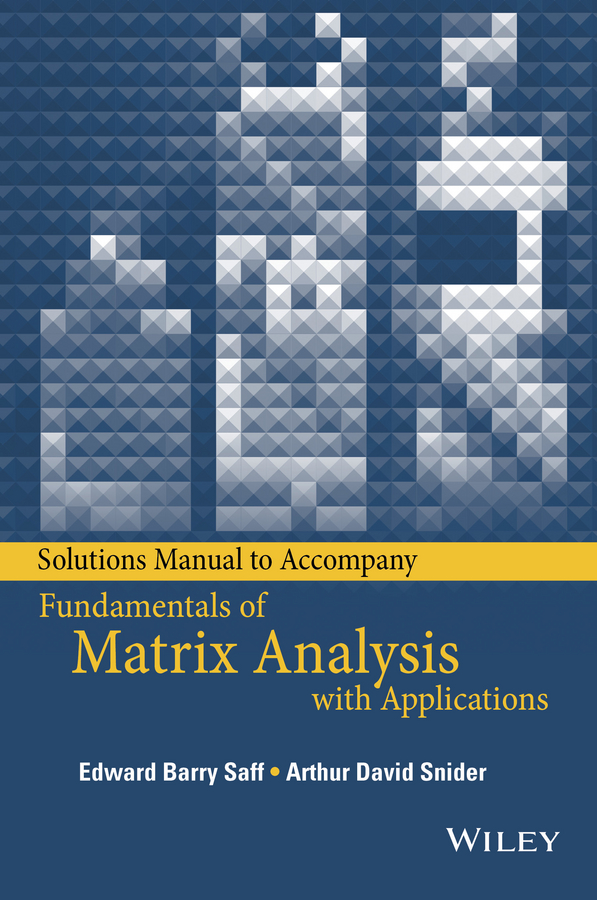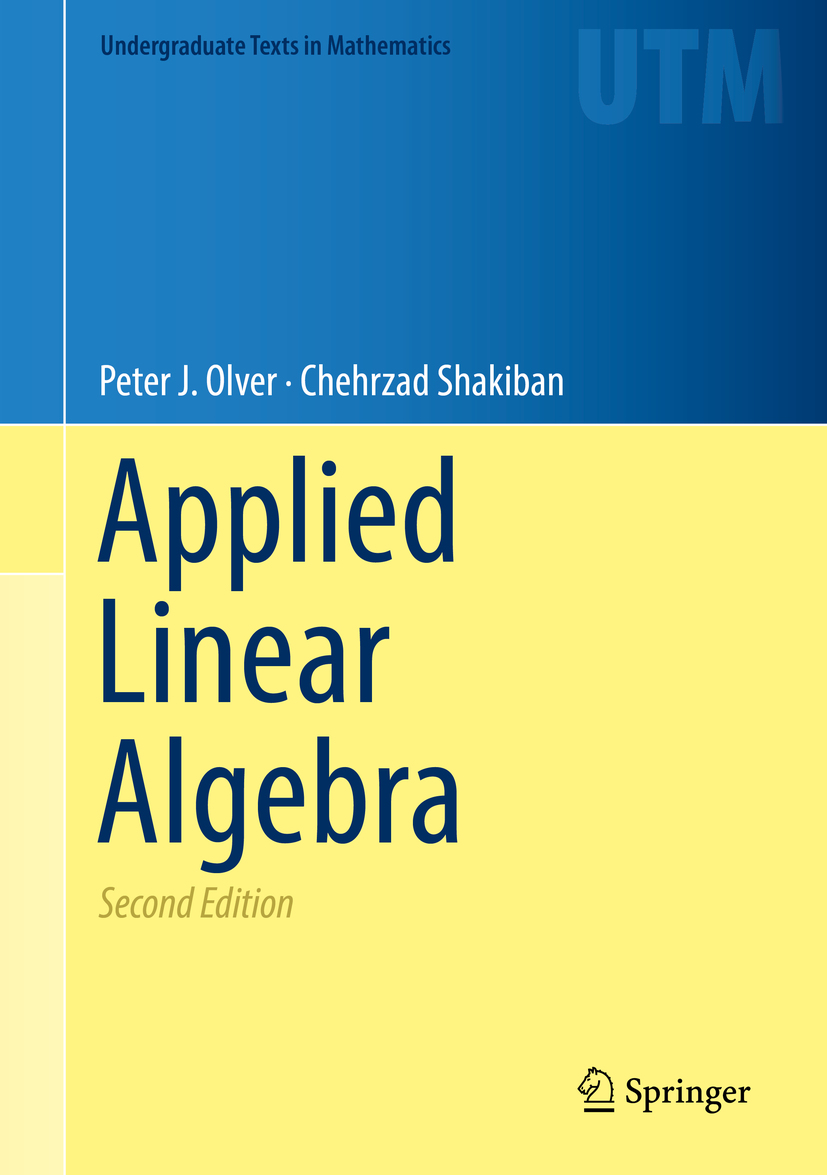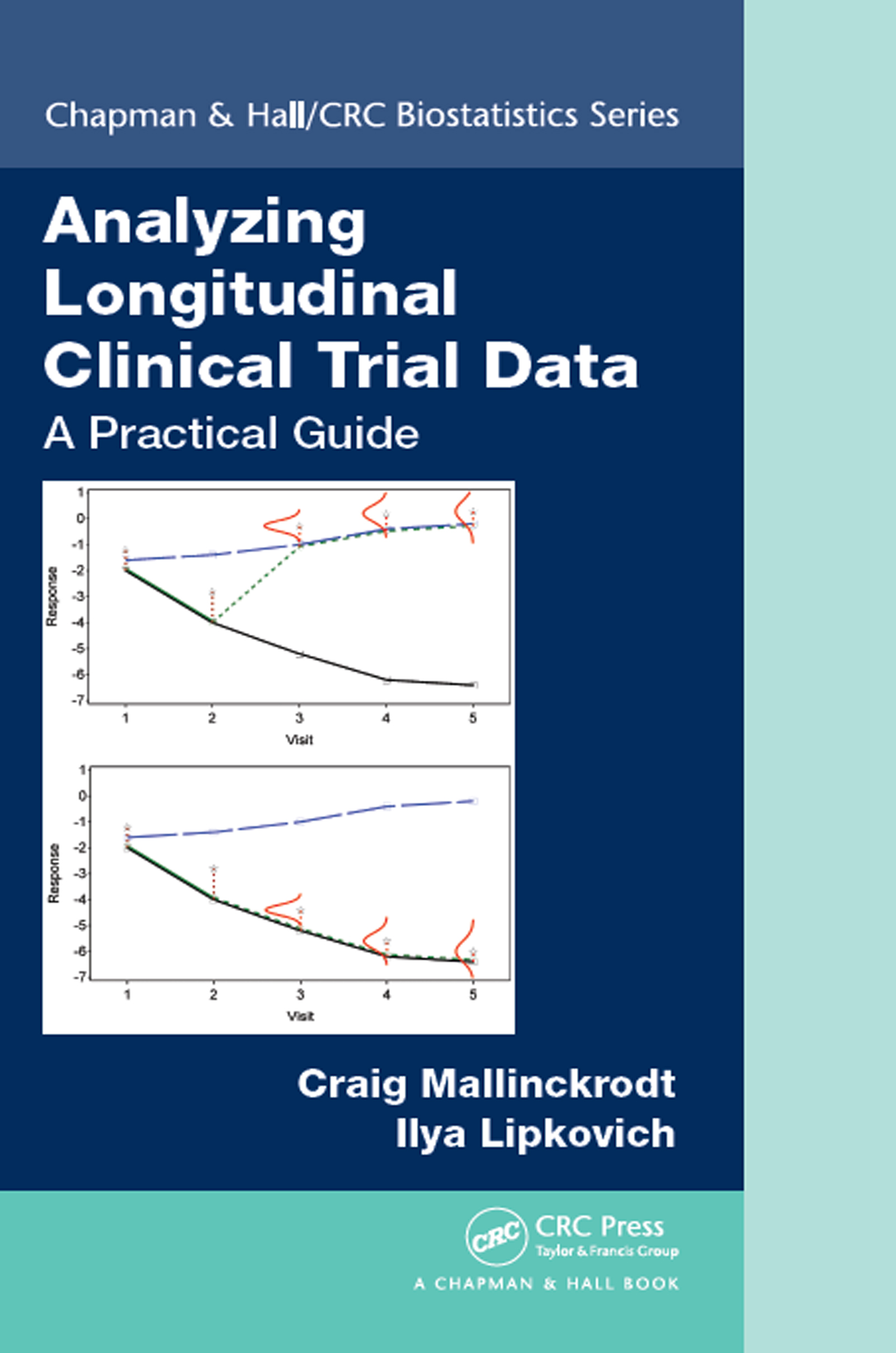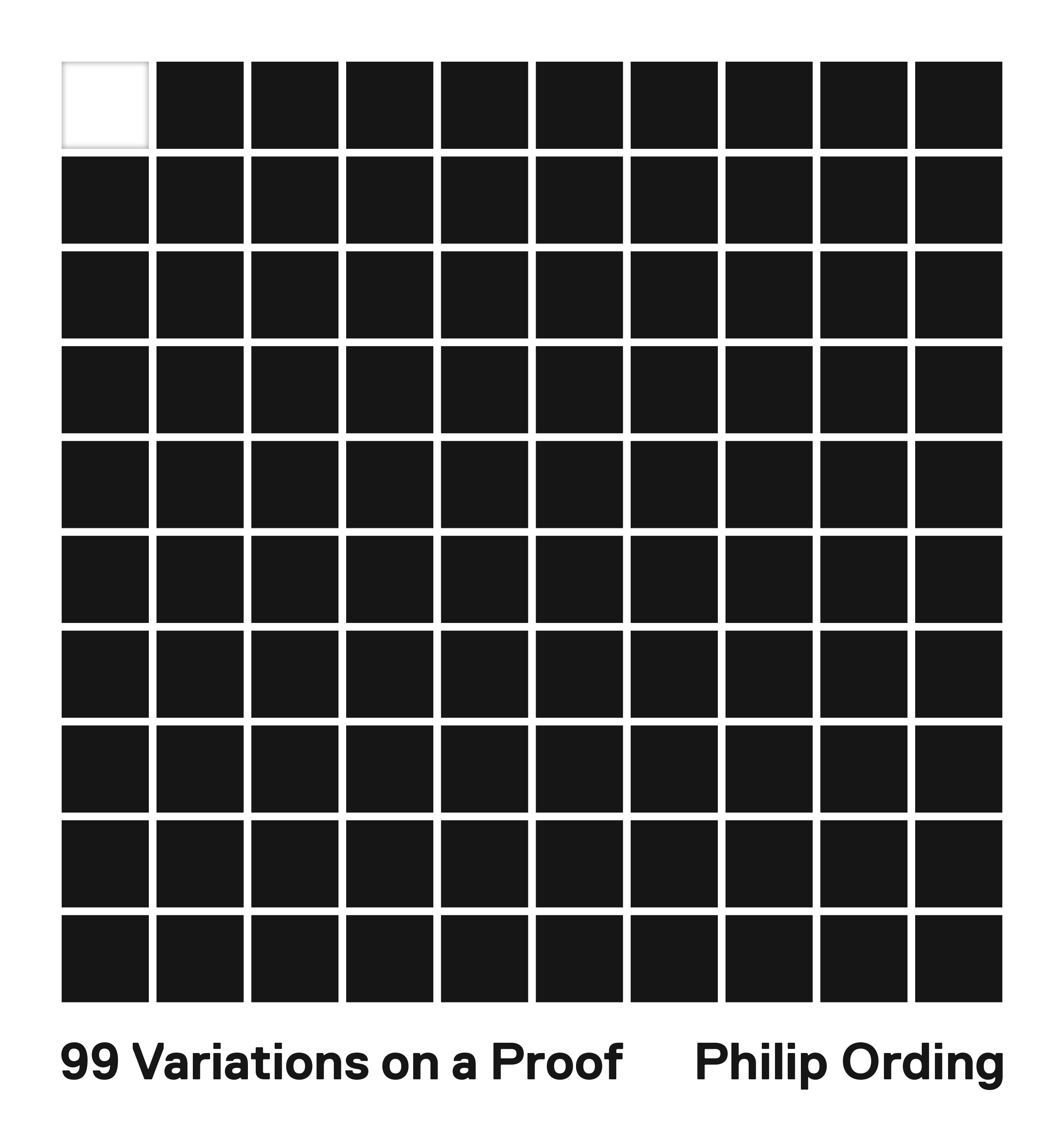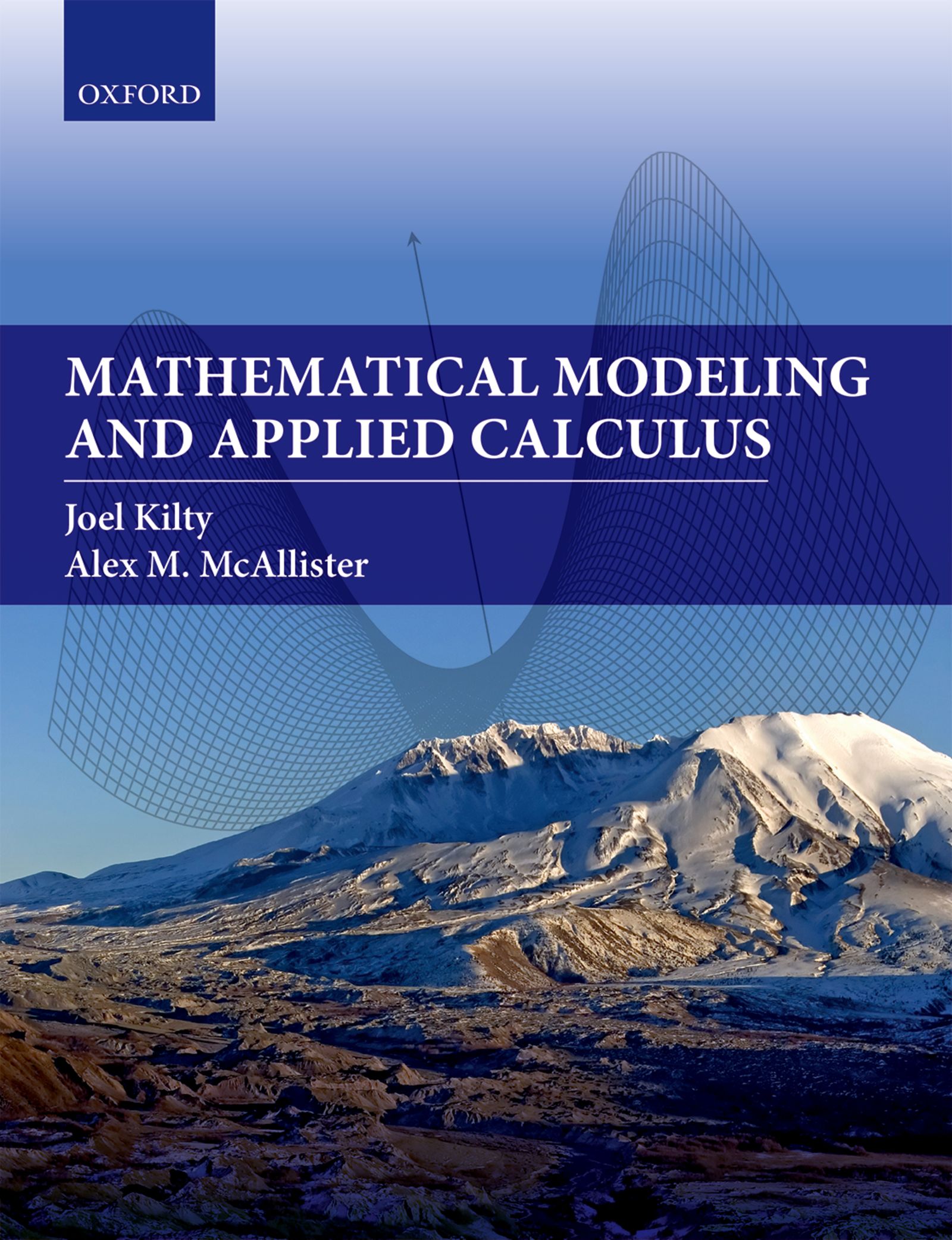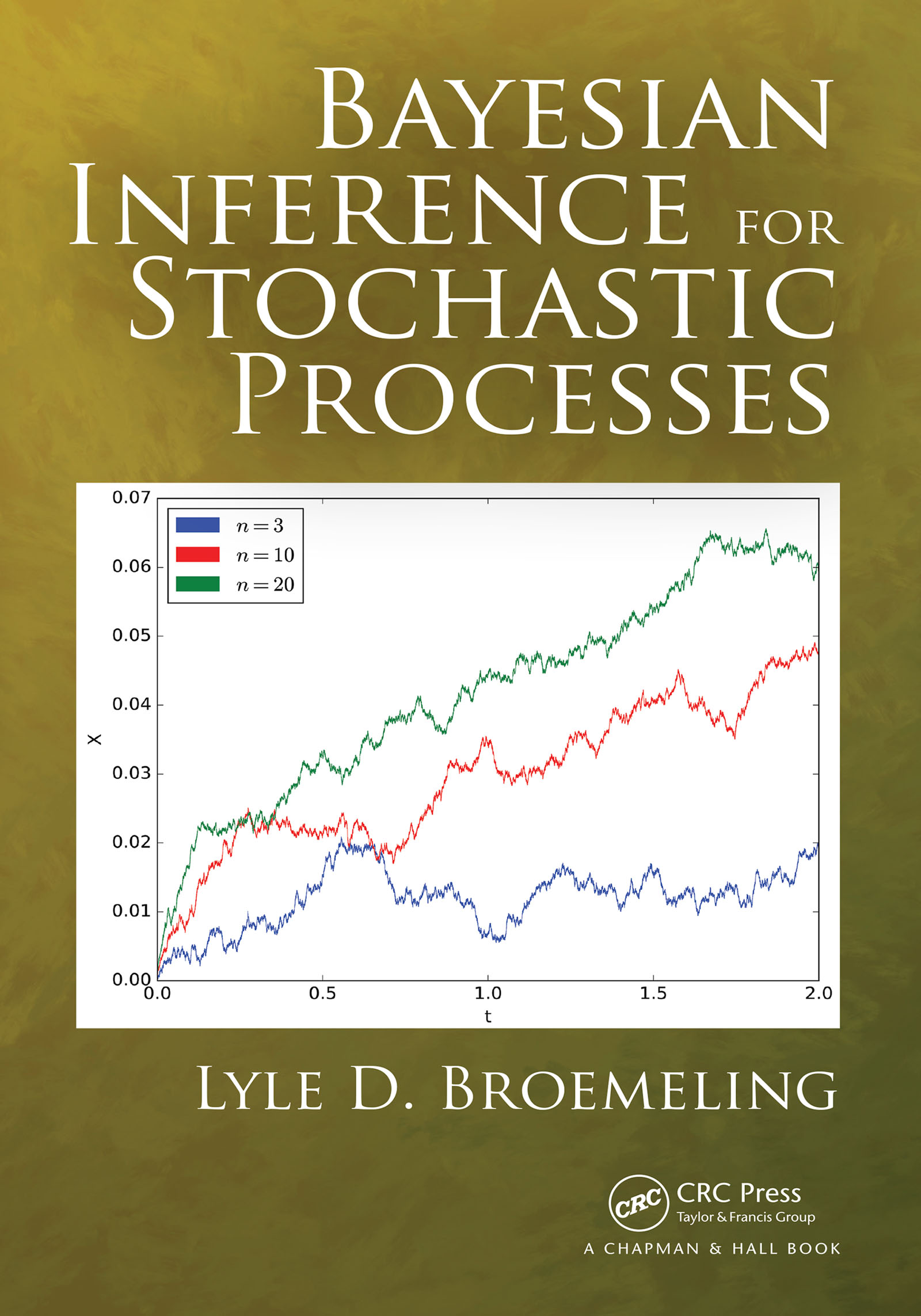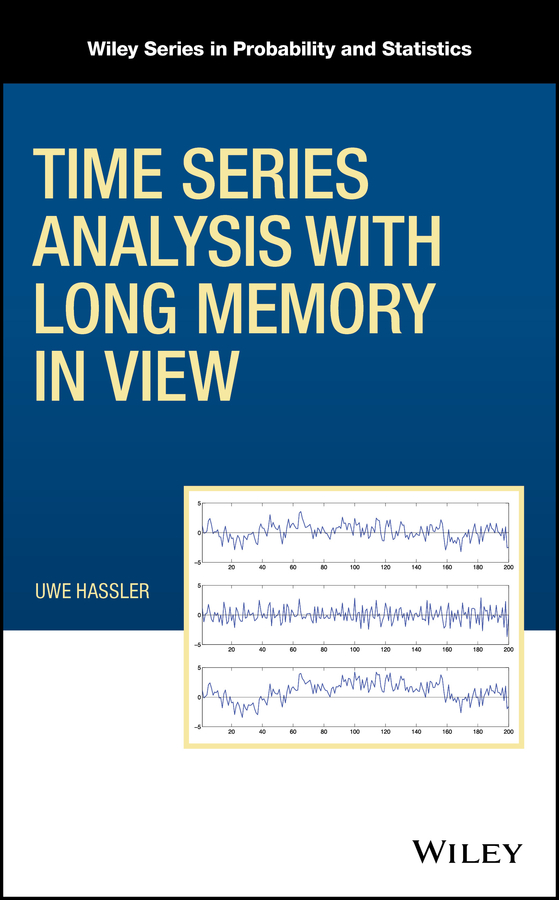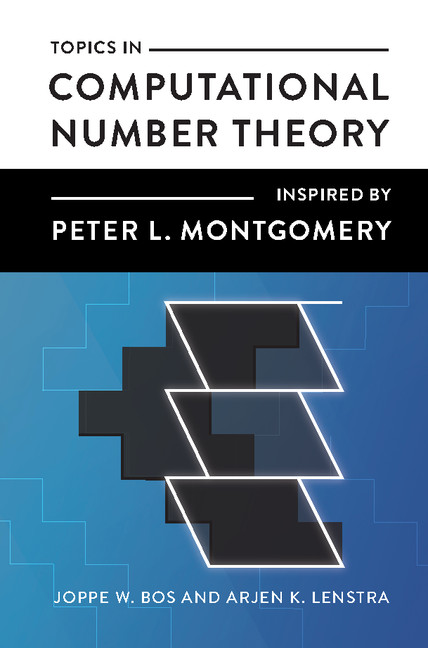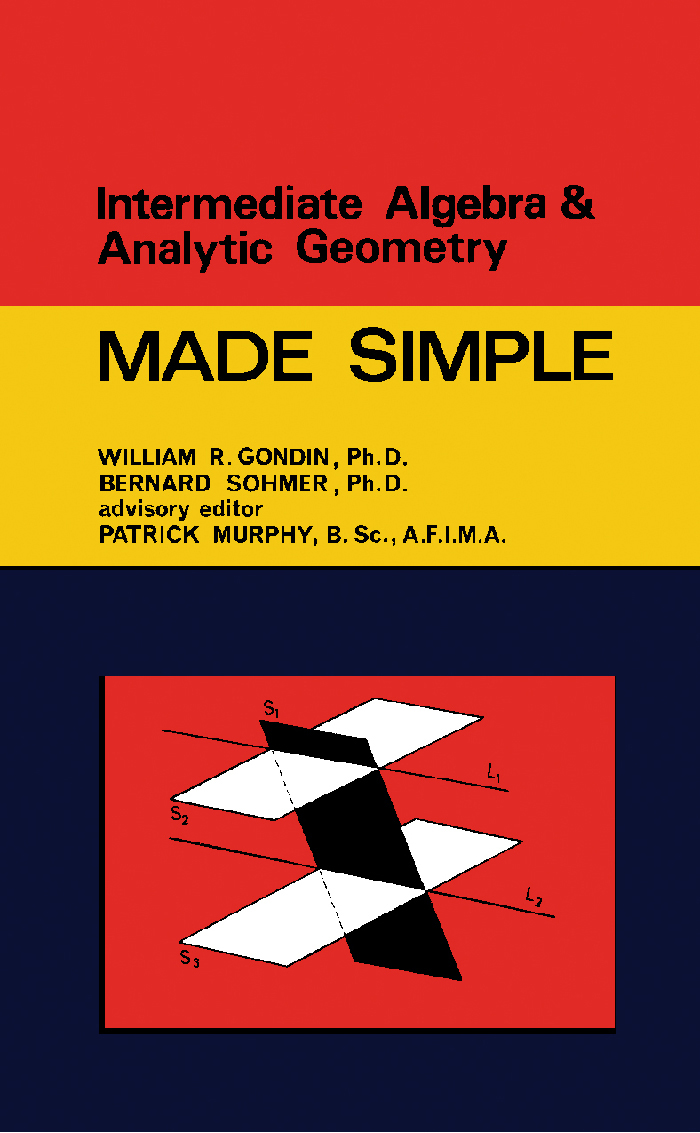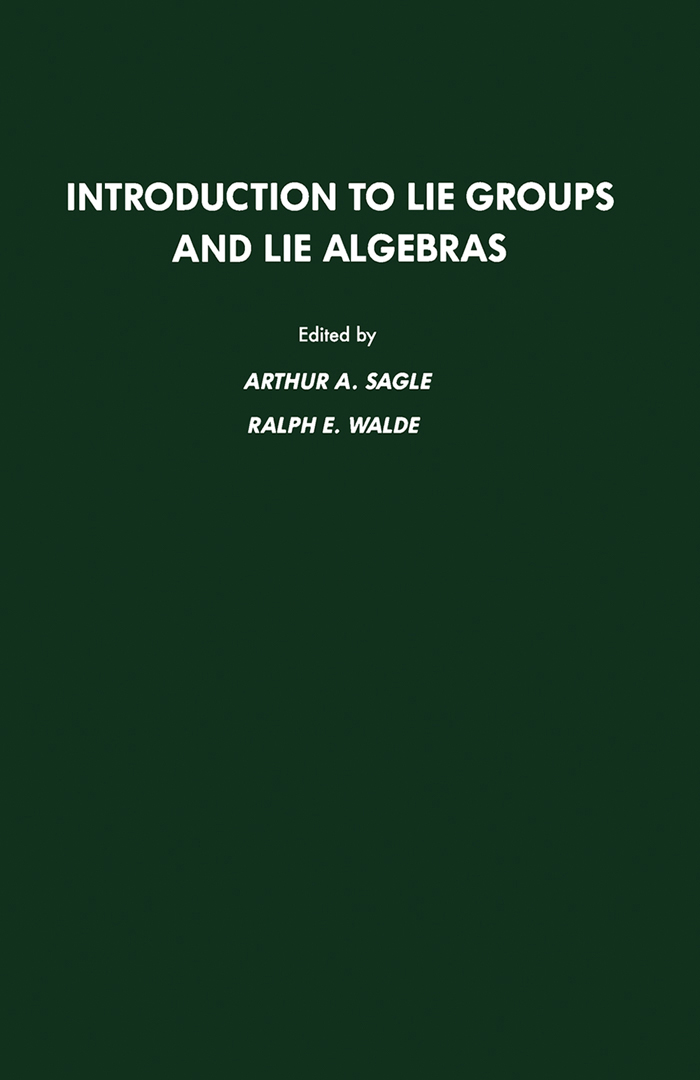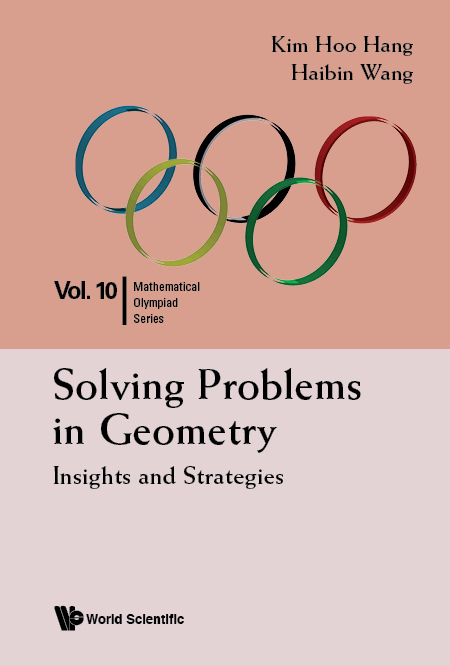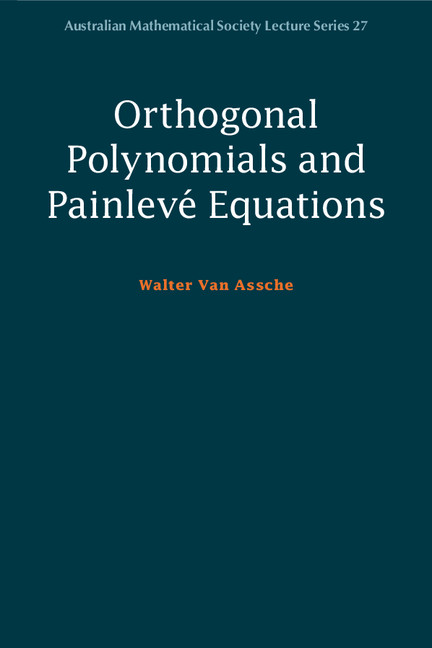Wave Factorization of Elliptic Symbols
Wave Factorization of Elliptic Symbols
To summarize briefly, this book is devoted to an exposition of the foundations of pseudo differential equations theory in non-smooth domains. The elements of such a theory already exist in the literature and can be found in such papers and monographs...
Read more
To summarize briefly, this book is devoted to an exposition of the foundations of pseudo differential equations theory in non-smooth domains. The elements of such a theory already exist in the literature and can be found in such papers and monographs as [90,95,96,109,115,131,132,134,135,136,146, 163,165,169,170,182,184,214-218]. In this book, we will employ a theory that is based on quite different principles than those used previously. However, precisely one of the standard principles is left without change, the "freezing of coefficients" principle. The first main difference in our exposition begins at the point when the "model problem" appears. Such a model problem for differential equations and differential boundary conditions was first studied in a fundamental paper of V. A. Kondrat'ev [134]. Here also the second main difference appears, in that we consider an already given boundary value problem. In some transformations this boundary value problem was reduced to a boundary value problem with a parameter . -\ in a domain with smooth boundary, followed by application of the earlier results of M. S. Agranovich and M. I. Vishik. In this context some operator-function R('-\) appears, and its poles prevent invertibility; iffor differential operators the function is a polynomial on A, then for pseudo differential operators this dependence on . -\ cannot be defined. Ongoing investigations of different model problems are being carried out with approximately this plan, both for differential and pseudodifferential boundary value problems.
Less


